Meta Sudans is a marble-faced fountain and erected by Domitian (between ad 89 and 96 A.D.) in front of the Via Sacra. It was the largest monumental fountain in the ancient city.
Meta Sudans was restored by Constantine the Great and took its name from its resemblance to the pillar (meta) that marked the turning point in the circus, hence its name, and sudans for the water that gushed out of it.
Meta Sudans Photo Gallery:
“Meta” was the tall cone at each end of a circus’ central spine; “sudans” suggests water welling or oozing rather than shooting in a jet.The fountain’s brick-and-concrete core was faced with marble, and water likely seeped down its surfaces, creating a shimmering film—hence the evocative name. Ancient processions used the fountain as a literal turning point: triumphal marches coming up the Via Triumphalis rounded here to enter the Via Sacra and the Roman Forum. Think of it as a monumental roundabout in stone guiding Rome’s most symbolic traffic.
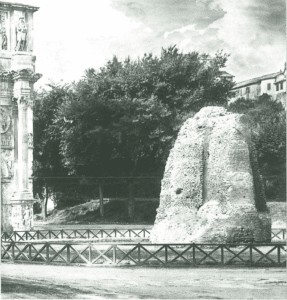
The Meta Sudans in a period photograph, before the demolitions ordered by Mussolini for reasons relating to traffic. As the Governor of Rome Boncompagni Ludovisi wrote in September 1933:«… the conservation of the two of the base of Nero’s Colossus and the Meta Sudans…is undoubtedly a very serious obstacle… obliging the cars… to turn in a tight circle…»
Standing at the foot of the Palatine Hill, the Meta Sudans marked one of the most strategic junctions in Rome. Four Augustan regions—Regiones I, III, IV, and X—met here (and some scholars add II as a possibility). That location, at a vertex of the early city’s sacred boundary (the Romulean pomerium), amplified the site’s ritual weight along the triumphal route. As you step out of the Colosseum toward the Arch of Constantine today, you’re walking the same space where that conical fountain once organized the flow of crowds, carts, and ceremony.

A photograph documenting the tourist gathering outside of the remains of the Meta Sudans fountain complex adjacent to the Arch of constantine and the Colosseum in Rome
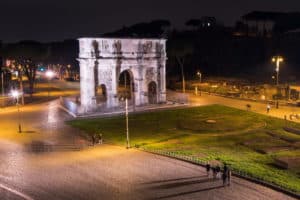
The circular remains of Meta Sudans, a great Roman fountain can be seen by the Arch of Constantine. In 1936, Mussolini ordered it’s demolition and all that can be seen is this circle in the grass
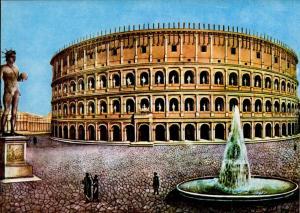
Imaginary reconstruction of the Colosseum, of the Meta Sudans of the Colossal bronze Statue of Nero.
Ancient depictions and modern archaeology allow a careful reconstruction.The core monument stood roughly 17–18 meters tall; below it stretched a circular basin about 16 meters across. Coins suggest a cylindrical base, probably articulated with niches, capped by a tapered cone surmounted by a floral or spherical finial—details that match late‑19th‑century photographs taken before demolition. The overall profile would have caught the eye from across the Colosseum Valley, water sliding down its marble skin like a thin veil.
If you look at Flavian coins that celebrate the Colosseum, you’ll often see the Meta Sudans beside it. A notable sestertius of Titus shows the amphitheatre with the fountain to the left—an image that anchors the fountain’s silhouette and proximity in hard, numismatic evidence. These tiny pictures help confirm both the conical profile and the relationship between the fountain and Rome’s great arena.
By the 1800s, the Meta Sudans had lost its marble skin, leaving a brick cone still more than nine meters high—photographed repeatedly beside the Arch of Constantine. In the 1930s, Fascist-era urban works cleared much of the Colosseum Valley for new parade routes. In 1936, the remaining stump of the Meta Sudans was demolished to open a traffic circle; a commemorative plaque marked the spot for decades. The base of Nero’s Colossus nearby met the same fate.
Beginning in the late 20th century, archaeologists re‑excavated the area (notably in 1997–1998) and closed the traffic loop, turning it into a pedestrian zone. Today you can pick out the low circular outline of the fountain’s foundations just beside the Arch of Constantine—an understated ring that still maps the geometry of the ancient basin. Although only a low ring survives, it’s placement still marks the hinge between the Colosseum and the road into the Forum.
SOURCES:

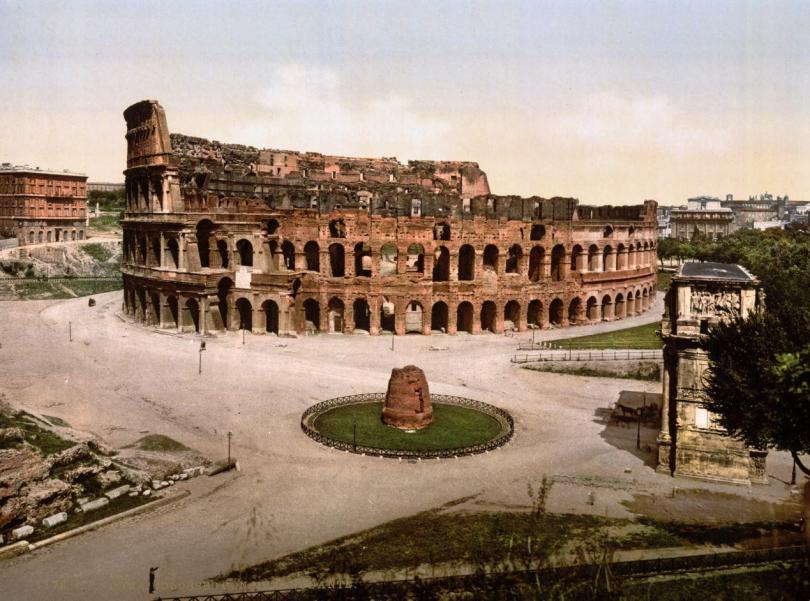
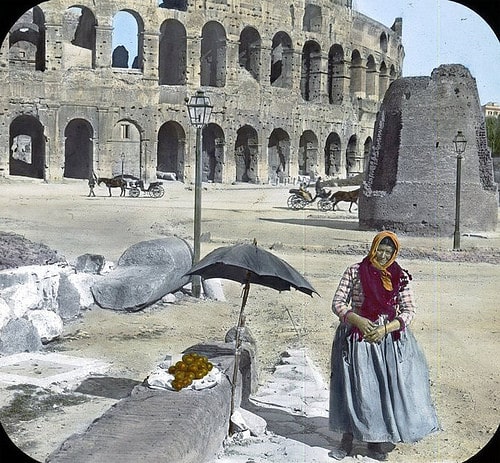
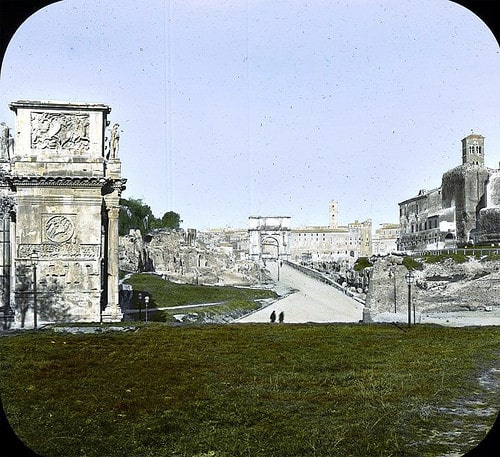
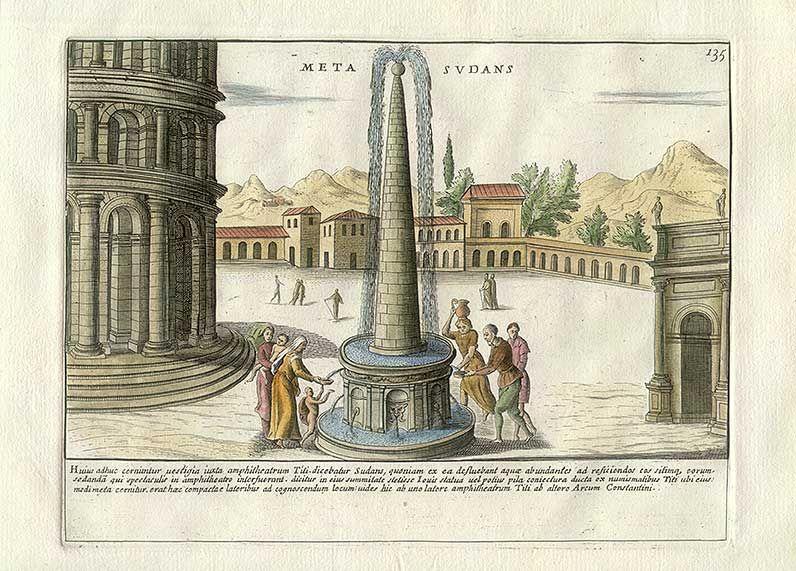
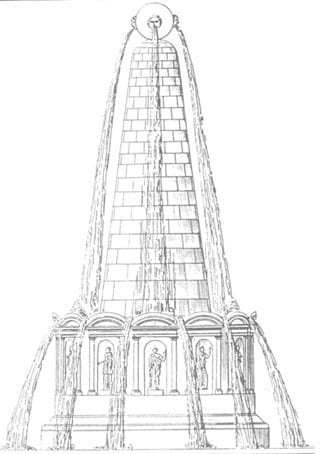
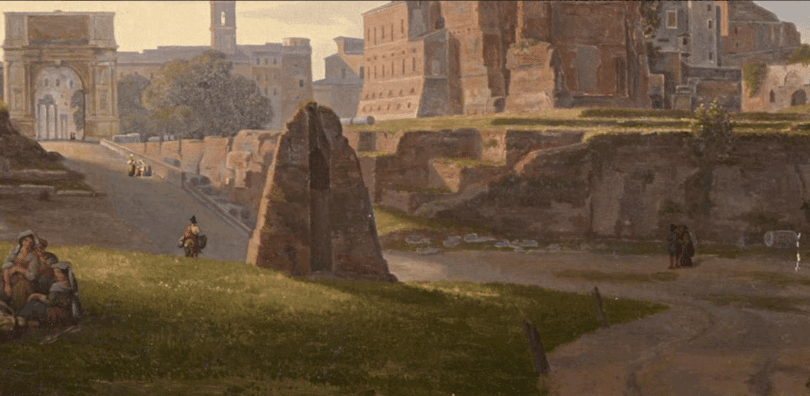
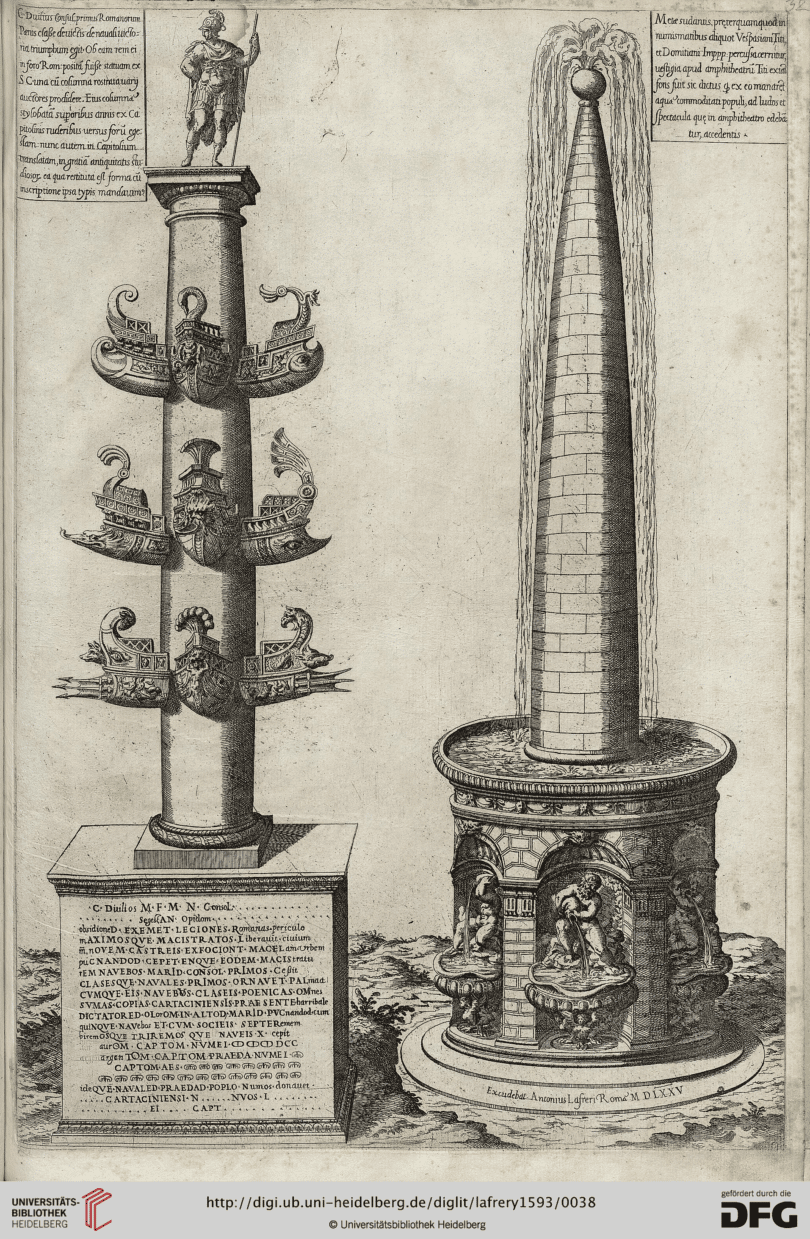



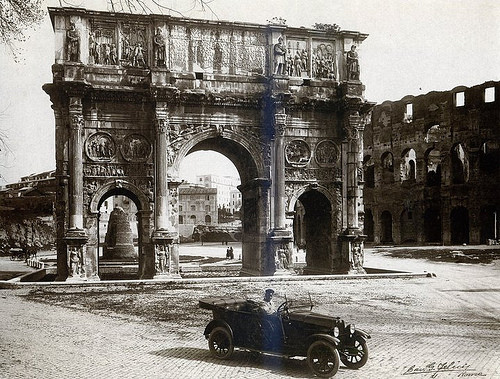
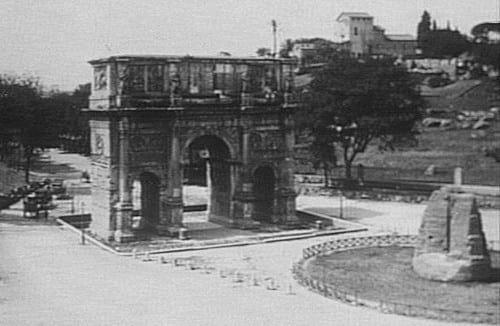
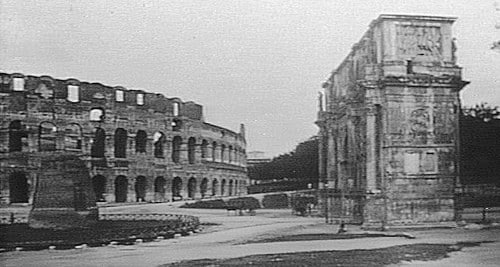
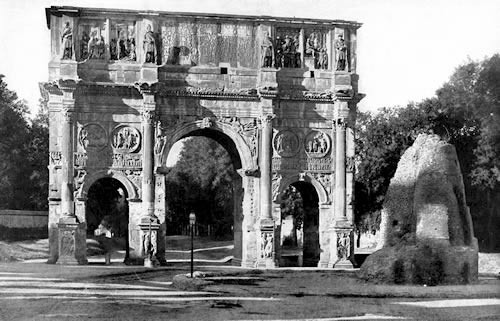
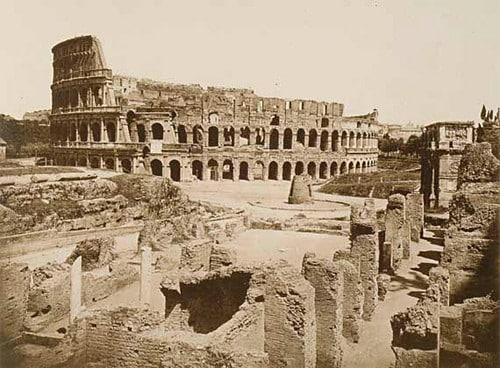
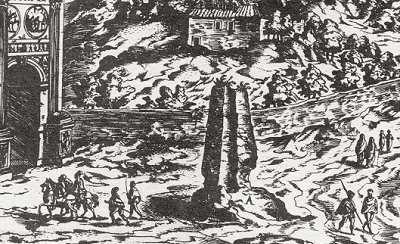

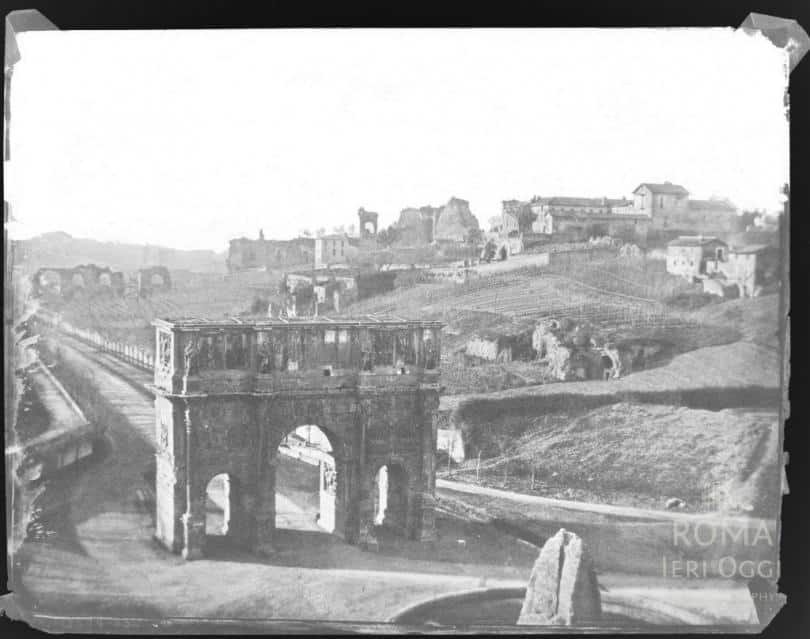



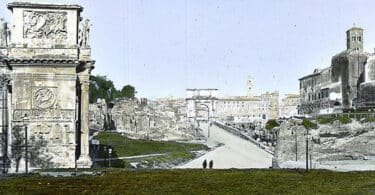

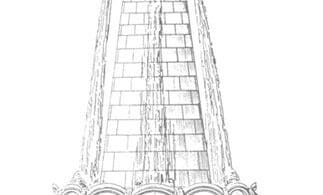

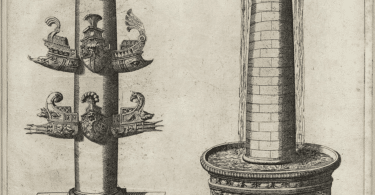
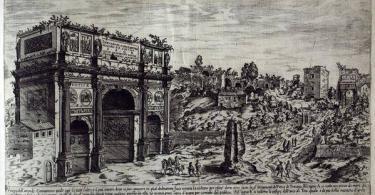
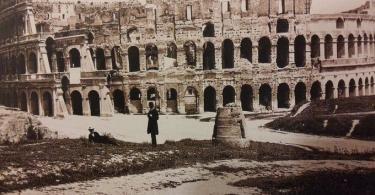
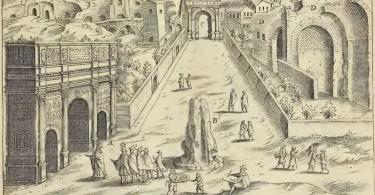

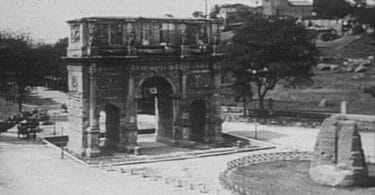
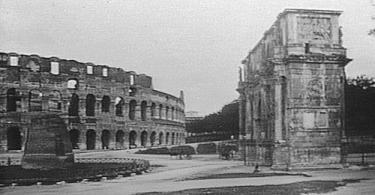
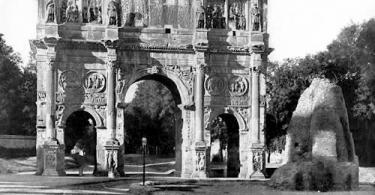
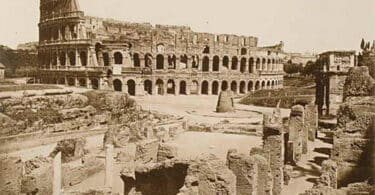

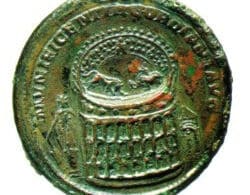
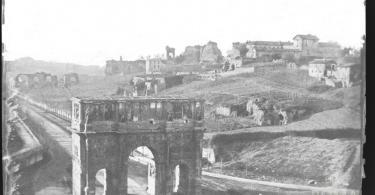
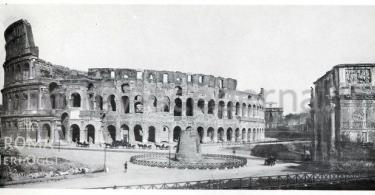
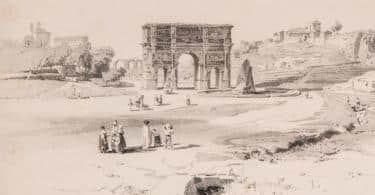
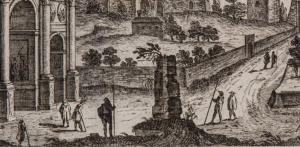

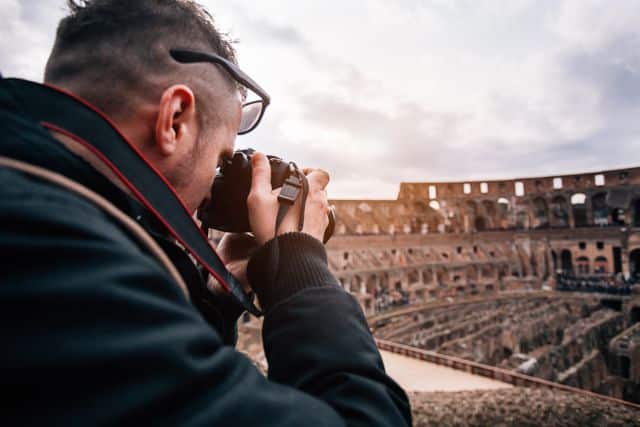



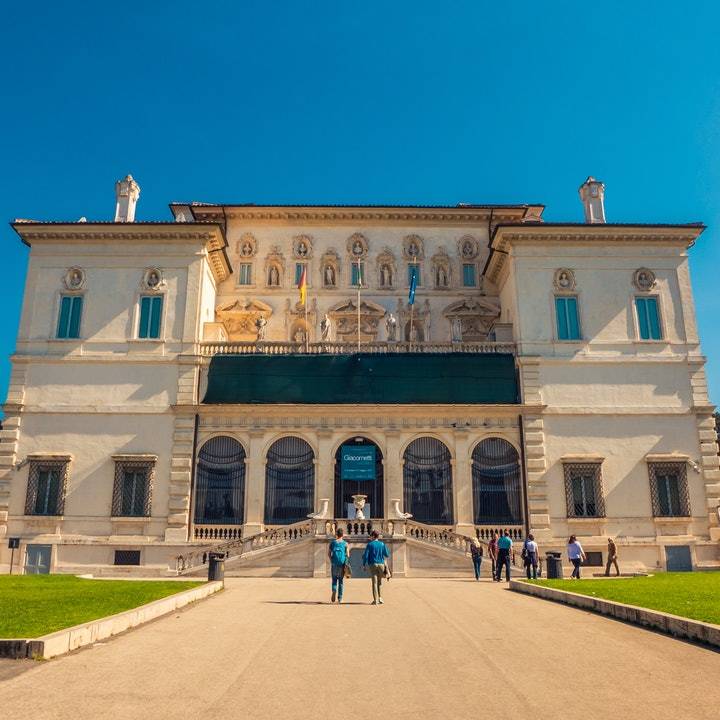
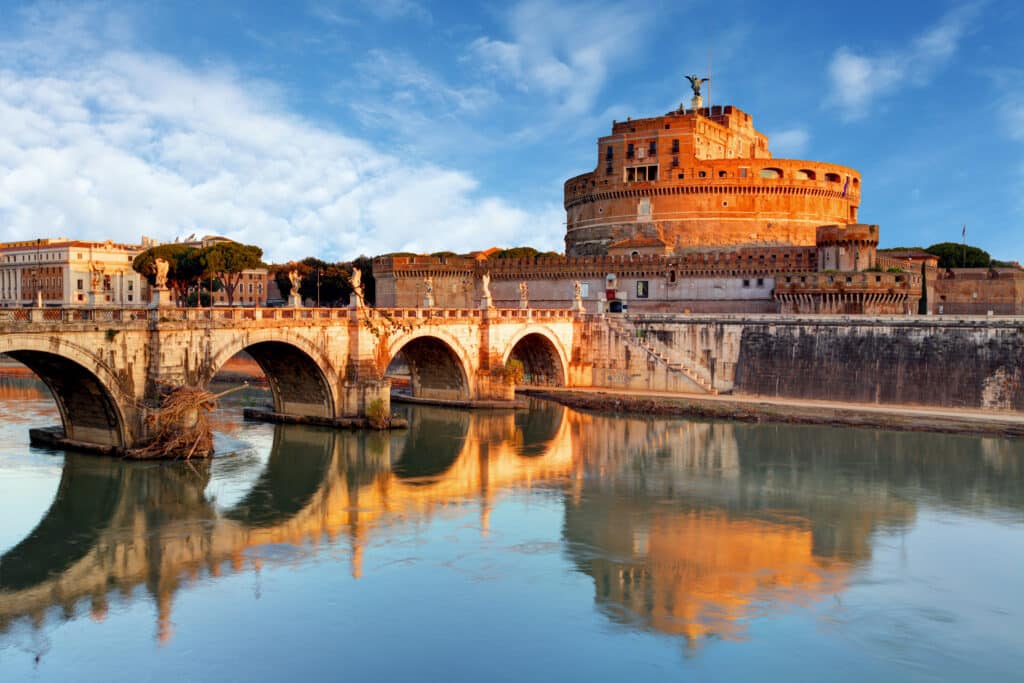
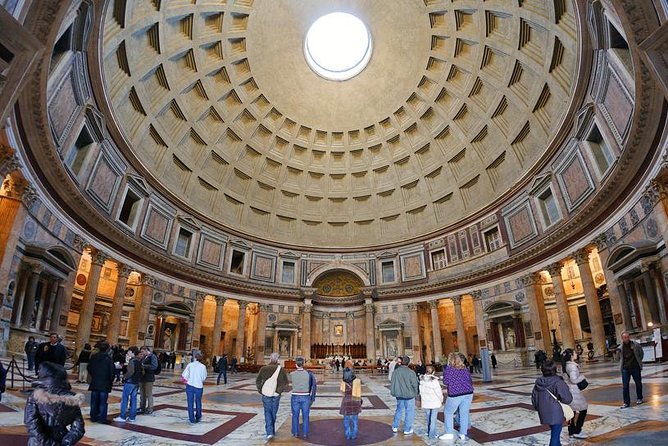
Leave a Comment